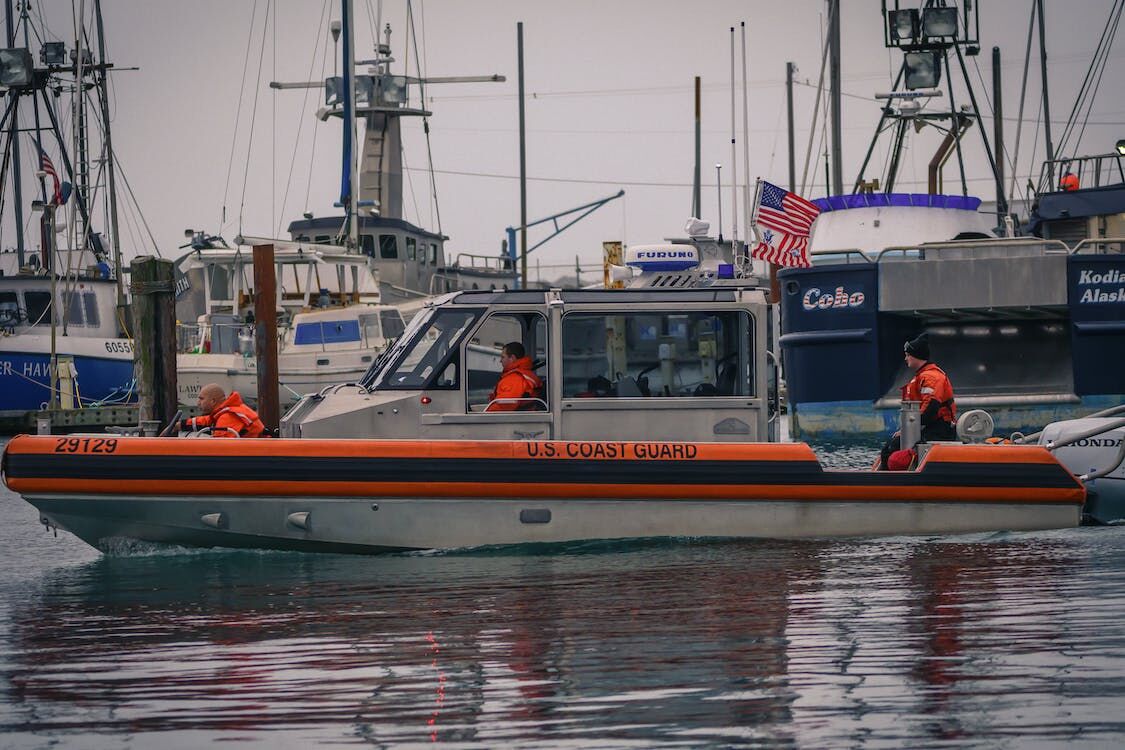Investigation Launched into Loss of Titan Submersible: Coast Guard Mapping Accident Site
The Coast Guard has yet to give a timeline for the investigation, but they are expected to make recommendations to prosecutors to pursue civil or criminal sanctions as necessary. The Coast Guard has emphasized that they do not charge for search and rescue, and they do not associate a cost with human life.
The U.S. Coast Guard has begun the highest level of investigation into the loss of the Titan submersible and the five people it was carrying to the Titanic. Capt. Jason Neubauer, chief investigator, said a Marine Board of Investigation is underway, and they have mapped the site of the accident. Evidence is also being collected in the port of St. John's, Newfoundland, in coordination with Canadian authorities. Neubauer said he is working closely with other national and international investigative authorities, including the U.S. National Transportation Safety Board, the Transportation Safety Board of Canada, the French marine casualties investigation board, and the United Kingdom Marine Accident Investigation Branch. The U.S. Navy had been prepared to use their Flyaway Deep Ocean Salvage System to recover the Titan if it were intact, however, due to the implosion, the Navy is focusing on helping map the debris field in preparation for recovery.
The investigation into the cause of the Titan’s implosion is complicated by the fact that the submersible was not registered as a U.S. vessel or with international agencies that regulate safety. It also wasn’t classified by a maritime industry group that sets standards on matters like hull construction. OceanGate Expeditions, the company that owned and operated the Titan, is based in the U.S. and the submersible was registered in the Bahamas. The Polar Prince, the mother ship, was from Canada, and those killed were from England, Pakistan, France, and the U.S. The Royal Canadian Mounted Police have begun studying the circumstances that led to the Titan deaths to decide whether a full investigation is warranted.
The Canadian Transportation Safety Board also announced that they have begun an investigation into the loss of the submersible, and have been speaking with those who traveled on the Polar Prince. The U.S. Navy analyzed acoustic data and found an “anomaly” consistent with an implosion or explosion in the general vicinity of where the vessel was operating when communications were lost. The Titan launched at 8 a.m. that day and was reported overdue that afternoon about 435 miles (700 kilometers) south of St. John’s, Newfoundland. OceanGate CEO Stockton Rush, who was piloting the Titan when it imploded, had previously complained that regulations can stifle progress. The investigation into the Titan’s implosion promises to be long and painstaking, and it is complicated by the lack of regulation in the world of deep-sea exploration.
The Coast Guard has yet to give a timeline for the investigation, but they are expected to make recommendations to prosecutors to pursue civil or criminal sanctions as necessary. The Coast Guard has emphasized that they do not charge for search and rescue, and they do not associate a cost with human life.




